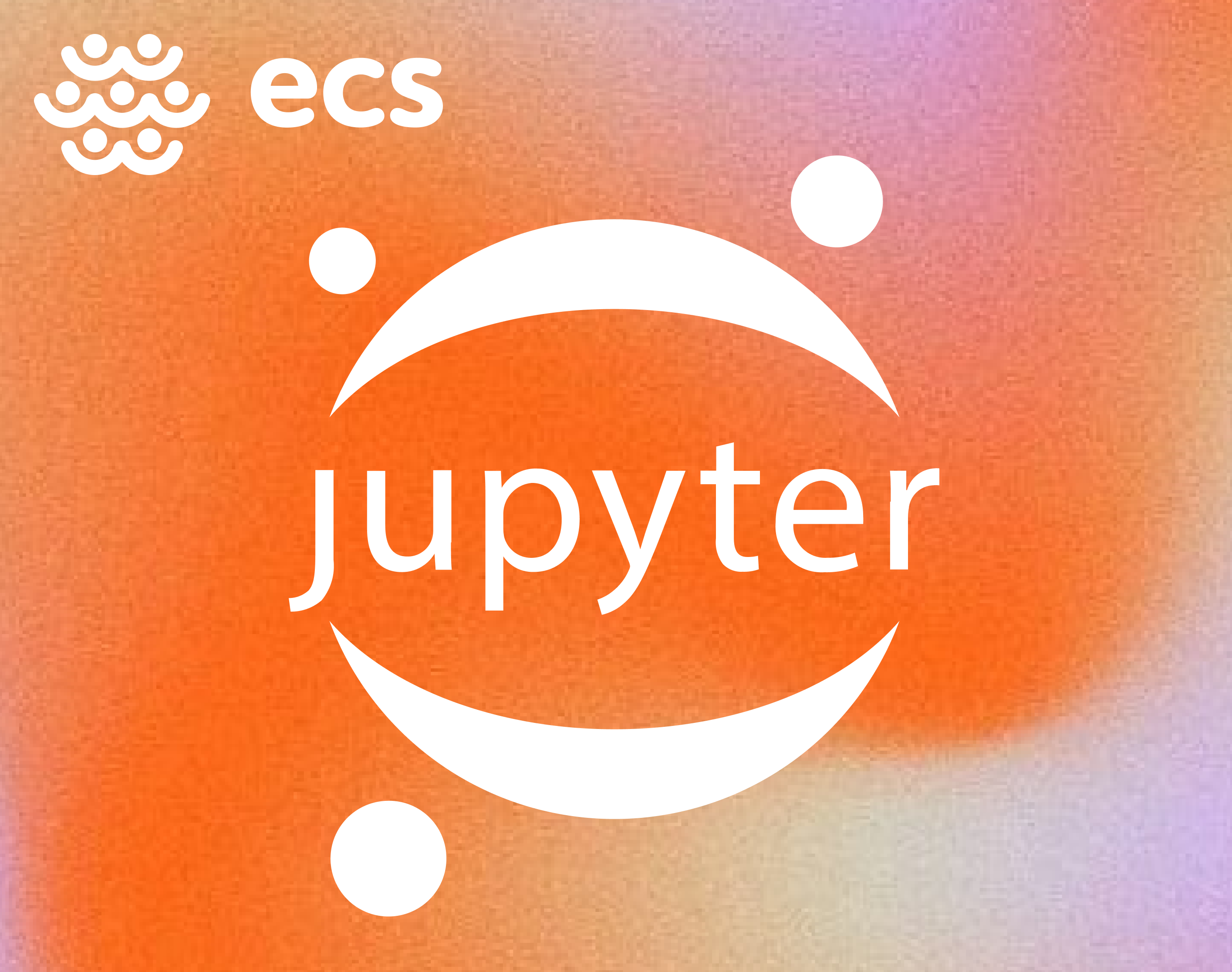
🔴 Course description:
Welcome to the “Introduction to Jupyter Notebook” course. This free course, designed for beginners, takes approximately 45 mins to complete and provides a foundational understanding of Jupyter Notebook. No prior knowledge of the subject is required.
This course will help you to:
- Understand what Jupyter Notebook is and its key features and benefits.
- Navigate the Jupyter Notebook interface with ease.
- Use notebook cells effectively, including writing and executing code and using Markdown for documentation.
- Perform basic operations, including running and debugging code and using keyboard shortcuts.
- Collaborate and share notebooks efficiently, leveraging best practices.
- Organise your notebooks and troubleshoot common issues.
By the end of this course, you will be well-prepared to interact with Jupyter Notebooks confidently, setting a strong foundation for more advanced data analysis and visualisation courses.
This course is part of the “Data Analysis and Visualization” learning path, which includes the following courses:
- Introduction to Jupyter Notebooks
- Introduction to Python
- Introduction to NumPy
- Introduction to Pandas
- Data visualization in Python
These courses are designed to be taken in sequence to build a solid foundation in data analysis and visualization.
💡Access information
While the ECS Academy aims to make all its courses accessible to guests (no registration required), the courses belonging to the Data Analysis and Visualization learning path require users to be registered.
This is due to their specific technological setup — including the use of Jupyter Notebooks for example, linked to each individual account.
Self-enrollment: To self- enroll first create your account on the citizenscience.eu platform - then on the ECS Academy (it is a two step process). Once you have created your account on the ECS Academy you will be able to enroll without a key.
